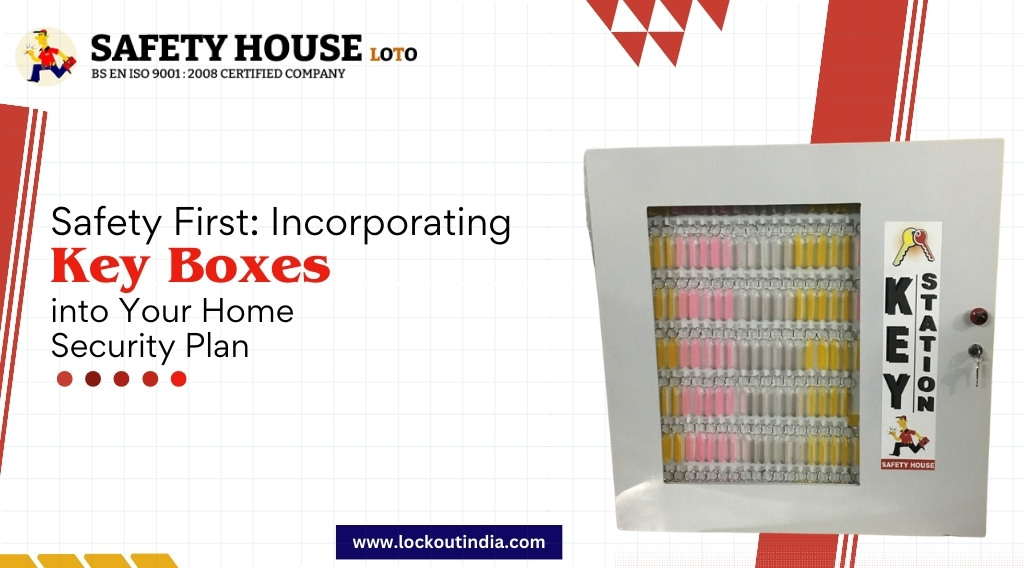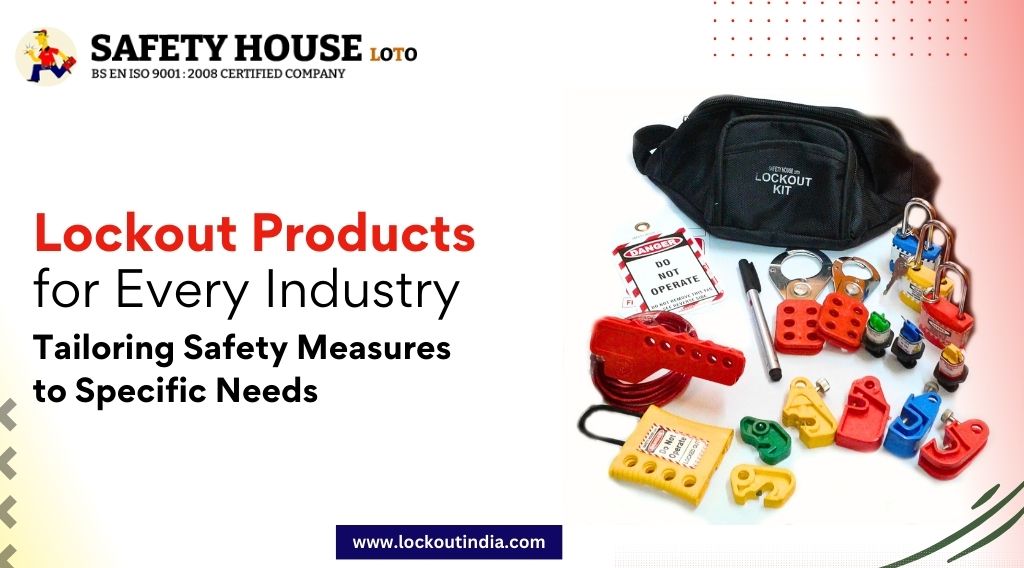
Safety First: Incorporating Key Boxes into Your Home Security Plan
Ensuring the safety of our homes and loved ones is paramount in today’s world. With advancements in technology, homeowners have access to a plethora of security measures to protect their properties. One such measure gaining popularity is the use of key boxes. In this article, we will delve into the importance of key boxes in home security and how they can be seamlessly incorporated into your security plan.
Understanding Key Boxes
A key box, also known as a lockbox or key safe, is a secure container designed to store keys securely. Typically made of durable materials like metal or hardened plastic, these boxes are equipped with combination locks or digital keypads to restrict unauthorized access. Key boxes come in various sizes and designs to accommodate different key types and quantities.
The Role of Key Boxes in Home Security
Key boxes play a pivotal role in bolstering home security in several ways:
- Convenient Access for Authorized Individuals: Key boxes provide a secure means for authorized individuals, such as family members, trusted friends, or service providers, to access the property when needed. This eliminates the hassle of hiding spare keys in vulnerable or easily accessible locations, reducing the risk of unauthorized entry.
- Emergency Situations: In cases of emergencies, such as medical crises or house-related emergencies, key boxes enable swift access for first responders or emergency personnel. This can be crucial in situations where immediate access to the property is necessary to prevent further harm or damage.
- Enhanced Security: By storing keys in a secure lockbox, homeowners can mitigate the risk of unauthorized entry resulting from lost or stolen keys. Key boxes are designed to withstand tampering attempts, providing an additional layer of security for your property.
- Remote Access Control: Some advanced key boxes feature remote access capabilities, allowing homeowners to grant temporary access codes or monitor access logs remotely via smartphone apps or online platforms. This level of control enhances security by enabling homeowners to manage access to their property from anywhere, at any time.
Incorporating Key Boxes into Your Home Security Plan
Now that we understand the importance of key boxes in home security, let’s explore how you can effectively incorporate them into your security plan:
1. Evaluate Your Security Needs
Assess your specific security requirements, considering factors such as the size of your property, the number of occupants, and any existing security measures in place. This will help determine the type and size of key box best suited to your needs.
2. Strategic Placement
Select strategic locations to install key boxes, ensuring they are easily accessible to authorized individuals yet discreet enough to avoid detection by potential intruders. Common placement options include near entry doors, garage entrances, or in proximity to security cameras for added surveillance.
3. Choose a Secure Locking Mechanism
Opt for key boxes equipped with robust locking mechanisms, such as combination locks or electronic keypads, to prevent unauthorized access. Avoid using easily guessable codes or passwords and regularly update them for added security.
4. Regular Maintenance and Monitoring:
Periodically inspect and maintain your key boxes to ensure they remain in optimal condition. Check for signs of wear and tear, corrosion, or attempted tampering, and promptly address any issues to maintain their effectiveness.
5. Educate Authorized Users:
Educate all authorized individuals on the proper use of key boxes, emphasizing the importance of keeping access codes or combinations confidential and securely managing keys. Encourage regular review of access permissions to revoke access for individuals who no longer require it.
Conclusion
Incorporating key boxes into your home security plan is a proactive step towards safeguarding your property and loved ones. By providing convenient yet secure access to your home, key boxes offer peace of mind knowing that authorized individuals can enter when needed while deterring unauthorized entry attempts. Remember to carefully evaluate your security needs, strategically place key boxes, choose robust locking mechanisms, and regularly maintain and monitor their condition. With these measures in place, you can enhance the overall security of your home and enjoy greater peace of mind.

Lockout Products for Every Industry: Tailoring Safety Measures to Specific Needs
Empower Your Safety: Lockout Products for Every Industry
In today’s fast-paced industrial landscape, ensuring workplace safety is paramount. One critical aspect of safety protocols is the implementation of lockout procedures to prevent accidents and protect workers from hazardous energy sources. Lockout products are vital in these procedures, providing reliable solutions to secure machinery, equipment, and systems. Let’s delve into lockout products, exploring their importance across various industries and how they can be tailored to meet specific safety needs.
Understanding Lockout Products
Lockout products encompass various devices designed to isolate energy sources and prevent unauthorized access to machinery and equipment during maintenance or repair. These products typically include lockout/tagout (LOTO) devices such as padlocks, lockout hasps, valve lockouts, electrical lockouts, and lockout tags. Each of these devices serves a unique purpose in ensuring effective lockout procedures.
- Padlocks – Padlocks are versatile locking devices commonly used in lockout procedures. They provide a secure means of locking out energy sources by preventing the operation of equipment or machinery. Padlocks Lockout come in various sizes, colours, and materials, allowing for customization based on specific safety requirements.
- Lockout Hasps – Lockout hasps are designed to facilitate group lockout procedures by allowing multiple workers to apply their padlocks to a single energy isolation point. This ensures that equipment remains securely locked out until all maintenance or repair work is complete and all personnel are safely clear of the area.
- Valve Lockouts – Valve lockouts are essential for isolating energy sources in pipelines and machinery with rotating or linear valves Lockout. These devices effectively prevent valves’ accidental or unauthorized operation, ensuring that hazardous substances or energies are safely contained during maintenance activities.
- Electrical Lockouts – Electrical lockout devices are designed to isolate electrical energy sources, such as circuit breakers, switches, and plugs. By securely covering or locking out these components, electrical lockouts prevent the risk of electrocution or electrical accidents during maintenance or servicing.
- Lockout Tags – Lockout tags provide crucial information regarding the status of locked-out equipment or machinery. These tags are affixed to lockout devices to communicate essential details such as the reason for the lockout, the responsible personnel, and the expected duration of the lockout period. Lockout tags enhance workers’ communication and awareness, ensuring compliance with safety procedures.
Importance of Lockout Products in Every Industry
Regardless of the industry, implementing effective lockout/tagout procedures is essential for protecting workers from hazardous energy sources. Here’s how lockout products are indispensable across various sectors:
1. Manufacturing Industry
Lockout products are used in manufacturing facilities to safeguard machinery and equipment involved in production processes. From heavy machinery to conveyor systems and robotic equipment, lockout procedures prevent unexpected startup or release of stored energy, minimizing the risk of workplace accidents.
2. Construction Sector
Construction sites often feature a wide array of equipment and machinery, including cranes, excavators, and power tools. Lockout products are employed to isolate energy sources and control hazardous energy during maintenance, repair, or servicing activities, ensuring the safety of construction workers on-site.
3. Oil and Gas Sector
The risk of hazardous energy release is particularly high in the oil and gas industry, where operations involve high-pressure pipelines, valves, and machinery. Lockout products such as valve lockouts and electrical lockouts are instrumental in preventing accidents and maintaining a safe working environment for personnel involved in drilling, refining, and transportation activities.
4. Healthcare Facilities
Even in healthcare settings, where the focus is on patient care, the use of medical equipment and machinery poses inherent risks to staff and patients alike. Lockout products play a crucial role in ensuring the safe operation and maintenance of medical devices, such as diagnostic equipment, surgical instruments, and imaging machines, reducing the likelihood of accidents or malfunctions.
5. Automotive Industry
In automotive manufacturing plants, where precision machinery and robotic systems are utilized in assembly lines, the implementation of lockout procedures is essential to protect workers from moving parts and electrical hazards. Lockout products enable maintenance teams to safely service equipment without risking injury or disruption to production schedules.
Tailoring Lockout Solutions to Specific Industry Needs
While the fundamental principles of lockout/tagout procedures remain consistent across industries, the specific requirements and challenges may vary. As such, it’s essential to tailor lockout solutions to meet the unique safety needs of each industry.
- Customization Options – Many lockout product manufacturers offer customization options to accommodate industry-specific requirements. This may include the ability to engrave padlocks with company logos or employee identification numbers, colour-coding lockout devices for easy identification, or designing specialized lockout devices for unique machinery or equipment configurations.
- Training and Education – Effective implementation of lockout procedures relies on comprehensive training and education for personnel at all levels of the organization. Industry-specific training programs can ensure that workers understand the importance of lockout/tagout procedures, know how to identify energy sources, and are proficient in the use of lockout devices.
- Compliance with Regulations – Different industries may be subject to specific regulatory standards governing lockout/tagout procedures. Organizations need to stay updated on relevant regulations and ensure compliance with applicable standards to maintain a safe working environment and avoid potential fines or penalties.
Conclusion
In conclusion, lockout products are crucial in safeguarding workers and preventing accidents in various industries. Effective lockout tagout produts procedures are essential for protecting personnel from hazardous energy sources, from manufacturing plants to construction sites, healthcare facilities, and beyond. Organizations can create safer work environments and prioritize employee well-being by tailoring lockout solutions to meet specific industry needs and ensuring compliance with regulatory standards. Investing in high-quality lockout products and implementing robust safety protocols is not only a legal requirement but also a moral imperative to protect the lives and livelihoods of workers across industries.

